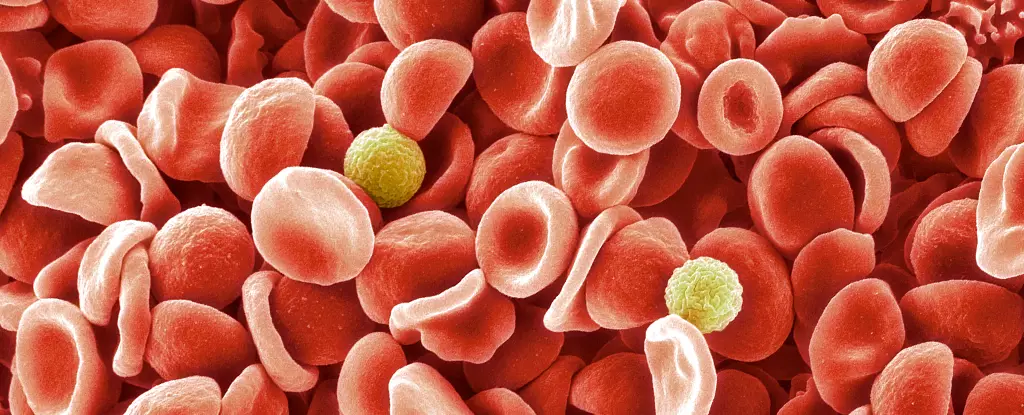In a remarkable development in the field of hematology, researchers from the UK and Israel have unveiled a novel blood group system called the MAL blood group, following the long-standing enigma surrounding a pregnant woman’s blood sample that was taken back in 1972. This discovery unfolds a fascinating narrative of persistence and innovation over almost five decades, shedding light on how critical research can lead to significant breakthroughs in medicine. The story begins with the inexplicable absence of the AnWj antigen—a molecule typically present on all known red blood cells—which prompted further investigation into this peculiar anomaly.
The significance of the MAL blood group extends beyond mere academic curiosity; it represents a vital advancement that can improve medical care for patients with exceptionally rare blood types. The findings were published in September and were heralded as a monumental achievement by experts in the field. Hematologist Louise Tilley, who devoted nearly 20 years to unraveling this mystery, emphasized the effort required to establish a reliable framework for understanding this new blood type that has the potential to impact clinical outcomes for a small but noteworthy segment of the population.
Human blood group systems are more complex than the widely recognized ABO and Rh血型 systems. They are influenced by a myriad of cell-surface proteins and carbohydrates, which act as distinguishing markers for the immune system to recognize its cells versus foreign entities. The presence or absence of these antigens is critical in blood transfusion procedures; mismatched blood can provoke severe reactions, including potentially fatal complications.
Historically, most major blood groups were classified early in the 20th century, yet a growing number of minor blood groups have since been identified. These newer groups often pertain to only a few individuals, making research on them particularly challenging. Tilley noted that this complexity stems from the genetic rarity of individuals lacking certain antigens, complicating the process of establishing new blood group systems.
The research team’s breakthrough involved identifying the genetic mutations resulting in the absence of the AnWj antigen, ultimately leading to the definition of the MAL blood group system. They discovered that over 99.9% of the population possesses the AnWj antigen, which is linked to myelin and lymphocyte proteins. The team conducted extensive investigations, one of which involved integrating the normal MAL gene into AnWj-negative blood cells, thereby successfully reinstating the presence of the antigen.
The MEL protein plays an essential role in preserving the integrity of cell membranes and facilitating cellular transport. Interestingly, the study revealed that AnWj is absent in newborns but manifests shortly after birth, suggesting a developmental aspect to this blood group system. Notably, all patients with AnWj-negative blood types shared the same genetic mutation—an intriguing finding that suggests possible shared lineage or environmental influences, though it did not correlate with other known blood disorders.
With the establishment of the MAL blood group, a new frontier opens for both clinical practice and research within the biomedical field. The ability to test for the genetic markers associated with MAL will allow clinicians to determine whether an individual’s AnWj-negative status is hereditary or a result of suppressed antigen expression, which may flag underlying health issues.
Understanding these unusual blood characteristics is increasingly pertinent, as such rare blood types can have significant implications for patient care, especially in transfusion medicine. Each new discovery adds a layer of complexity to our understanding of human biology, emphasizing the necessity of continuous research into these unique blood characteristics to enhance patient outcomes.
The identification of the MAL blood group system exemplifies the profound impact sustained scientific inquiry can have on understanding human health. As researchers peel back the layers of blood group diversity, they pave the way for improved therapeutic strategies, ensuring better health and safety for patients with rare blood types.

